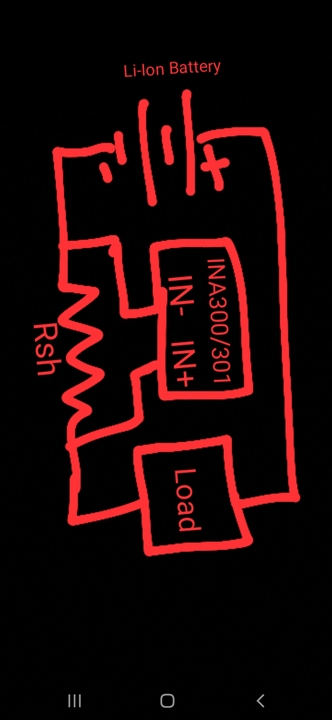Other Parts Discussed in Thread: BQ76940, INA300
Dear Sir,
I want to use INA301 for low side current sensing with short circuit detection.
can you please guide me how to implement it?
In many of the TI training videos or articles it's mentioned that if you use it on low side then you won't be able to detect the load to ground short.
Then how AFE bq76940 detects it as it uses current sense amplifier with comparator?
My main goal is to implement short circuit detection using either CSA or op-amp + comparator
Can you please suggest any other alternative?
Regards,
Samruddhi.



